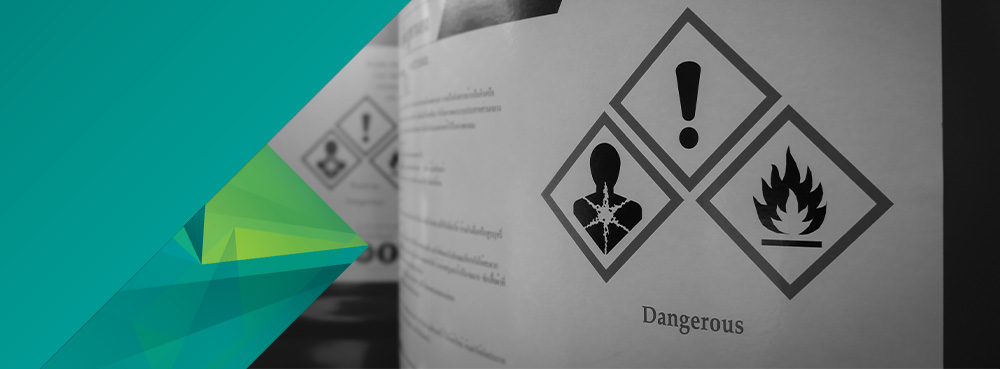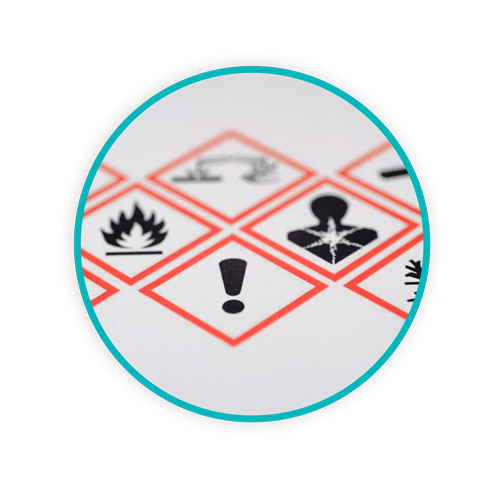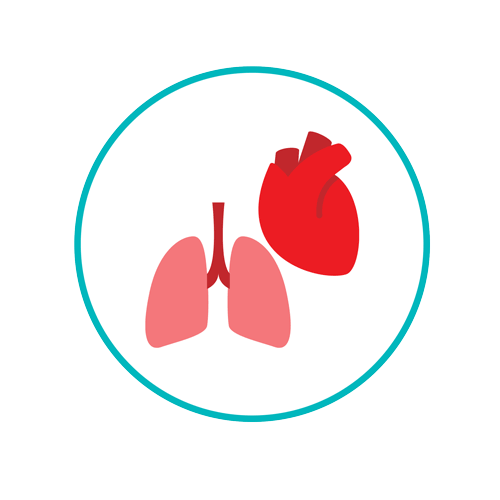What Is Hazardous Waste?

What is hazardous waste? Is that a question you’ve ever been asked, or needed to ask? Here’s everything you need to know to be able to answer it with confidence and never have to ask it again.
TOPICS WE WILL COVER:
2 / Examples of Hazardous Waste in Healthcare
3 / What Is Non-Hazardous Waste in Healthcare?
4 / The Impact of Improper Disposal
5 / What Are the UK Hazardous Waste Regulations?
6 / Are You Looking for Help with Your Hazardous Waste?
What Is Hazardous Waste?
In a nutshell, hazardous waste is any waste possessing properties that make it dangerous or potentially harmful to human health or the environment.
 The Key Characteristics of Hazardous Waste
The Key Characteristics of Hazardous Waste
- It’s toxic – poisonous to humans or other living organisms
- It’s reactive – unstable and can react violently with other substances
- It’s ignitable – easily catches fire or supports combustion
- It’s corrosive – corrodes metal or causes skin burns
- It’s infectious – contains pathogens that can cause disease
The harmful properties of hazardous waste mean it requires special handling, storage and disposal methods and can only be collected by an authorised waste service provider.
Knowing the key characteristics of hazardous waste and how to define it is helpful, but it’s only the beginning. What about the healthcare-specific examples you’re likely to encounter on an average day?
Examples of Hazardous Waste in Healthcare
Rather unsurprisingly, the healthcare environment harbours a wide variety of hazardous waste. If you’re unsure what to look out for or how to identify it, you could unknowingly put yourself or others in harm’s way.
Infectious Waste
 Any waste likely to contain pathogens that have the potential to transmit infections or cause disease, such as:
Any waste likely to contain pathogens that have the potential to transmit infections or cause disease, such as:
- Clinical waste: PPE, dressings, and IV tubings that have come into contact with infectious bodily fluids.
- Hazardous anatomical waste: Human organs, tissues, and body parts from a patient suspected or known to be infectious.
- Microbiological waste: Cultures and stocks of infectious agents or contaminated lab equipment.
- Sharps waste: Used needles, syringes, and other sharp objects.
See our blog for more information on how to identify and dispose of infectious waste.
Cytotoxic Waste
These are some of the most dangerous drugs in healthcare, they’re toxic to cells and commonly used in cancer treatment. This waste includes:
- Cytotoxic/cytostatic drugs: Used to kill cancer cells and prevent replication or growth.
- Cytotoxic/cytostatic drug residues: Leftover drug solutions and contaminated equipment or materials.
See our blog for more information on what cytotoxic waste is.
Chemical Waste
This is a broad category including various types of chemicals such as:
- Disinfectants: Chemicals used to disinfect surfaces and objects by killing germs.
- Cleaning agents: Substances used for cleaning equipment and surfaces.
- Laboratory chemicals: Used for various medical tests and procedures.
Other Hazardous Waste
Depending on the healthcare environment you’re working in, you may also come across other hazardous waste types such as:
- Radioactive waste
- Infectious gypsum
- Dental amalgam
- X-ray fixer and developer
- WEEE waste
- POPs waste
- Asbestos
Understanding these specific categories and what classifies waste materials as hazardous is essential for ensuring safety when handling and disposing of your waste.
What Is Non-Hazardous Waste in Healthcare?
After such an extensive list of hazardous waste in healthcare, it only seems right to create another list (we like lists at Sharpsmart) of the types of non-hazardous waste you might come across in your daily rounds…

- Offensive waste
- Domestic waste
- Recyclable waste
- Confidential waste
- Non-cytotoxic/cytostatic medicine waste
- Uncontaminated sharps
- Medicinally contaminated sharps
- Non-infectious anatomical waste without chemicals
- Uncontaminated gypsum
Although the list of hazardous healthcare waste is longer, the overall volumes aren’t larger. In fact, according to the findings of a scientific research paper published in 2023 – Healthcare Waste—A Serious Problem for Global Health – only around 15% of the total waste generated by healthcare activities is considered hazardous material that may be infectious, toxic or radioactive.
This is why the NHS Clinical Waste Strategy can set ambitious targets like the 20-20-60 waste split:
- 20% of waste sent for high-temperature incineration
- 20% of waste sent for alternative treatment (AT)
- 60% of waste classified as offensive waste, which can be converted into energy
It also amplifies the importance of understanding how offensive waste drives sustainability in healthcare.
The Impact of Improper Disposal
Just in case the term ‘hazardous’ isn’t enough of a motivator for ensuring compliance, let’s see some of the impacts of improper disposal…
The upshot is that hazardous waste poses significant risks to businesses, employees and the environment, with far-reaching repercussions that can have long-lasting effects.
Here’s how they might look:
- Employee health and safety risks: Exposure to hazardous substances can lead to many health issues, from acute illnesses to chronic conditions.
- Operational disruptions: Accidents, spills, or regulatory non-compliance can halt production, damage equipment and result in a loss of productivity.
- Legal and financial penalties: Non-compliance with regulations can result in hefty fines, legal actions and higher insurance premiums.
- Environmental damage: Improper disposal of hazardous waste can contaminate soil, water and air – harming ecosystems and public health.
- Heightened scrutiny: Failed inspections can lead to heightened scrutiny from regulatory bodies, potential legal action and reputational damage.
And this is only a summarised look at the consequences of getting it wrong! However, it helps us appreciate the importance of being diligent with our hazardous waste management practices and adhering to the guidelines in every instance.
What Are the UK Hazardous Waste Regulations?

Do you know who takes hazardous waste more seriously than the waste collectors? The UK government. It’s put strict rules in place to protect our health and environment. The Hazardous Waste (England and Wales) Regulations 2005 were established to ensure that harmful substances are handled, transported and disposed of safely.
These regulations don’t only apply to healthcare facilities either, they apply to everyone involved in producing and managing hazardous waste. Every producer of such waste is responsible for safe and compliant waste management.
By following the specific guidelines, keeping track of your hazardous waste, and only allowing permitted specialists to collect it, you’ll not only be protecting our communities from harm as well as obeying the law.
Are You Looking for Help with Your Hazardous Waste?
At Sharpsmart, we don’t leave all the heavy lifting to you and just turn up to collect your waste (unless that’s all you want), our hazardous waste disposal service prioritises your needs.
We can work with you and your teams to help identify, classify and package your waste to ensure the correct disposal and most sustainable treatment options are chosen. We also provide a range of reusable containers for safe and compliant hazardous waste containment.
Whether you need hazardous waste collection or you’re looking for support with managing your hazardous waste and finding better containment solutions, don’t hesitate to get in touch.
